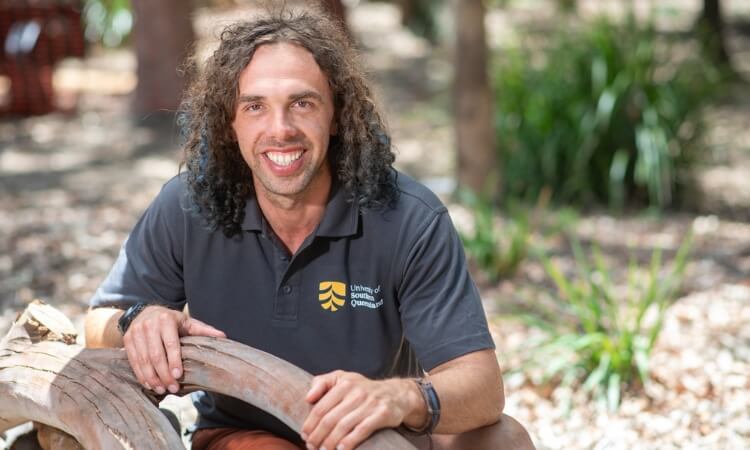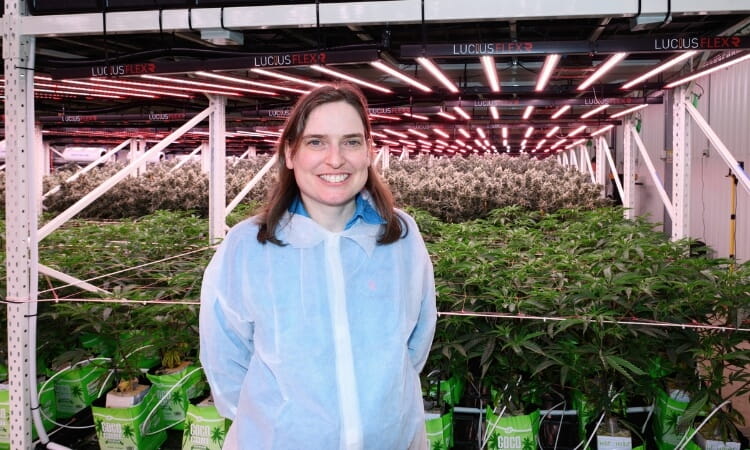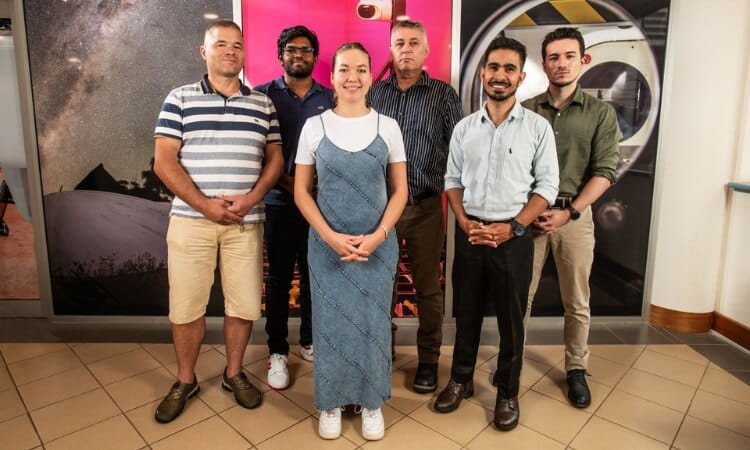Uncovering the mysteries of the Christmas Island Giant Gecko

In the rainforests of Christmas Island, researchers from the University of Southern Queensland (UniSQ) are searching high and low for the elusive Christmas Island Giant Gecko – the only native lizard species left in the wild on this remote Australian territory.
The scientists – supported with funding from the Australian Government under the National Environmental Science Program's Resilient Landscapes Hub – are preparing to begin the first widespread, comprehensive survey of Christmas Island for the endangered Gecko.
In the 1990s, native reptile life on Christmas Island started to take a turn for the worse; nearly all the native reptile populations vanished.
All the lizards, that is, except for one: the Christmas Island Giant Gecko.
For more than 30 years, despite habitat changes and introduced pests and predators, the Giant Gecko has persisted.
Despite its name, the Christmas Island Giant Gecko only measures around 8cm in length. It's a slow-moving ambush predator that lives in trees and is endemic to the island - it's not found anywhere else in the world.
UniSQ Centre for Sustainable Agricultural Systems Postdoctoral Research Fellow Dr JP Emery was intrigued by the mysteries of the Giant Gecko and said he hoped to uncover more about its current population with his latest research project.
"While other reptile species were vanishing, the Christmas Island Giant Gecko persisted, seemingly untouched and unscathed," Dr Emery said.
"Previous research and opportunistic sightings indicate the Gecko is still reasonably present, but we haven't got systematic baseline data about the population, what it's doing, or where the Geckos are.
"So, we thought it would be a really good idea now to do some targeted research."
Dr Emery said baseline data was the crucial starting point for making informed management decisions to ensure this species could persist for many more decades to come.
"For conservation in general, we need baseline data if we're to make sound management decisions going forward," he said.
"Maybe the species is completely fine – that's the best-case scenario – but if they do start to decline, we'll have a baseline to work with."
Dr Emery's research will involve him heading off to Christmas Island several times a year to set up and monitor the tracking equipment and undertake Island-wide surveys. He will also work directly with Parks Australia and Christmas Island National Park staff to develop a monitoring plan for the species.
He hopes his baseline monitoring will work out the 'what' and 'where', and then hopefully, down the track, Dr Emery hopes this project will also determine the 'why' – why has the Giant Gecko persisted all these years?
Dr Emery's research is in collaboration with the University of New England and Christmas Island National Park and is funded by the Australian Government.
Learn more about the Giant Gecko, and find out more about research at UniSQ.


